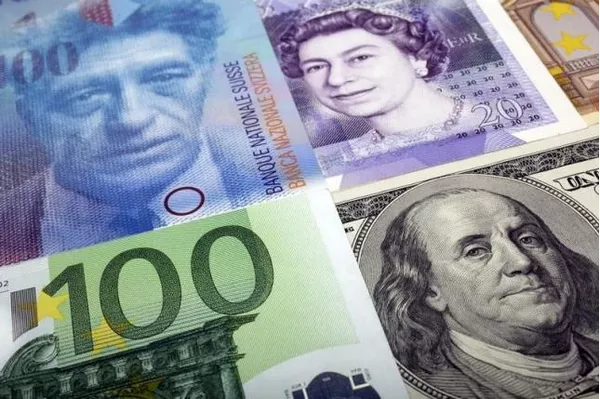GBP/USD remains on the defensive, weighed down by a variety of factors.
The Federal Reserve’s hawkish outlook and weak risk sentiment supported the safe-haven dollar.
The unexpected pause in interest rate hikes by the Bank of England continues to weigh on the pound, which is beneficial for bears.
The GBP/USD currency pair struggled to extend the previous day’s modest rebound from around 1.2230, or nearly six-month lows, and the Asian market fluctuated within a narrow range on Friday. GBP/USD is still facing resistance at the 1.2300 round-figure mark and seems vulnerable to extending the decline it has sustained over the past two-plus months.
The US dollar (USD) held steady below its highest level since June hit on Thursday and continued to draw support from the Federal Reserve’s (Fed) hawkish outlook, which was therefore seen as another headwind for GBP/USD. The Fed decided to keep interest rates unchanged at a 22-year high in a range of 5.25%-5.50%, as widely expected, although it said at least one more rate hike was possible before the end of the year amid persistently high inflation.
In addition, the Fed’s “dot plot” shows that policymakers believe the Fed’s benchmark interest rate will reach 5.1% next year, indicating that there will be only two rate cuts in 2024, compared with four rate cuts previously expected. That, coupled with an unexpected drop in U.S. jobless claims last week, pushed the yield on rate-sensitive two-year U.S. government bonds to a 17-year high. Additionally, the 10-year U.S. Treasury yield also climbed to its highest since November 2007 and supported the dollar.
At the same time, U.S. Treasury yields have risen sharply, intensifying market concerns about economic headwinds caused by rapidly rising borrowing costs and suppressing investors’ appetite for riskier assets. This led to further losses in equity markets and was seen as another factor supporting safe-haven currencies and putting some pressure on the GBP/USD pair. The Bank of England (BOE) unexpectedly stayed on hold on Thursday, further weighing on the pound.
Indeed, the Bank of England decided to hold its benchmark interest rate steady at 5.25%, defying expectations for a 25 basis point hike to 5.50% amid a recent deceleration in inflation, signs of cooling in the UK labor market and renewed recession fears. In other words, this is the first time the Bank of England has not raised interest rates since December 2021, and it has also lowered its economic growth forecast for July-September to 0.1% from the previous value of 0.4%.
The above fundamental backdrop appears to be favorable for bears, suggesting that the direction of least resistance for the GBP/USD pair is to the downside. Therefore, any attempted recovery in GBP/USD is likely to be viewed as a shorting opportunity and continue to encounter resistance. Investors are now looking forward to Friday’s summary PMI releases from the UK and US to provide some significant boost to GBP/USD. Meanwhile GBP/USD looks set to end lower for a third consecutive week.


